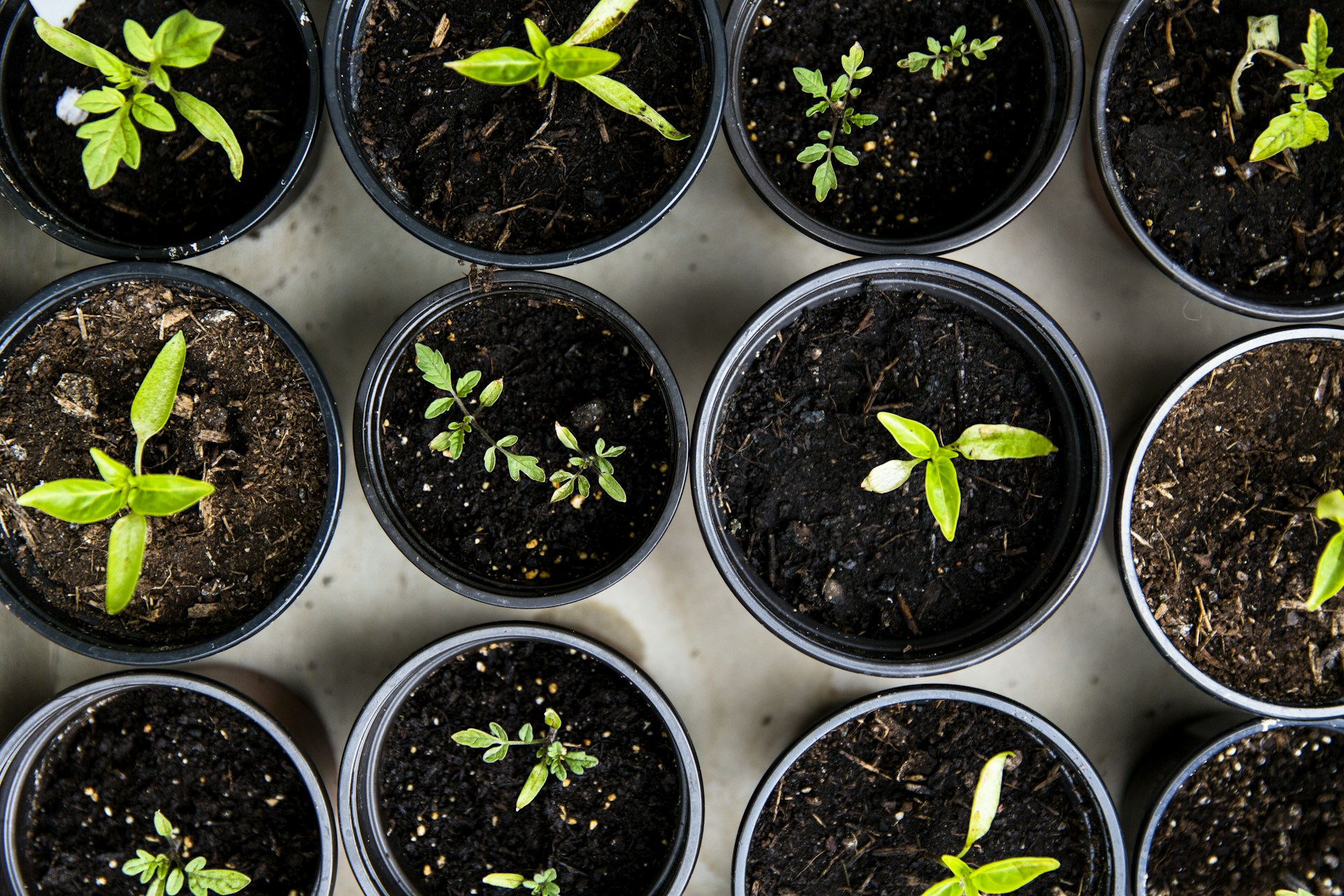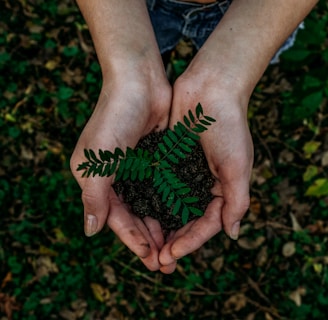
What Is Sustainable Gardening? A Beginner’s Guide
Discover the basics of sustainable gardening, including how to improve soil health, conserve water, grow native plants, and make your garden more eco-friendly—perfect for beginners looking to reduce their environmental impact.
SUSTAINABLE GARDENING
P & P
6/26/20253 min read


What Is Sustainable Gardening? A Beginner’s Guide
Explore the core principles of sustainable gardening and how to get started with eco-friendly practices.
Disclosure: As an Amazon Associate, I earn from qualifying purchases. Some of the links in this post may be affiliate links, meaning I may earn a small commission at no extra cost to you.
In a world where environmental impact is top of mind, gardening is more than just growing pretty flowers or fresh produce—it’s an opportunity to care for the earth while cultivating beauty and nourishment.
Sustainable gardening is about working with nature, not against it. Whether you're growing on a balcony or tending a backyard plot, this guide will help you understand the core principles of sustainable gardening and how to get started with eco-conscious practices that make a difference.
🌿 What Is Sustainable Gardening?
Sustainable gardening is the practice of growing plants in a way that supports the health of the environment, conserves resources, and minimizes waste or harm. It focuses on long-term ecological balance—preserving soil, water, biodiversity, and energy—while still producing a thriving, beautiful garden.
In short, it’s gardening for the future.
🌱 Core Principles of Sustainable Gardening
1. Soil Health Comes First
Healthy soil is the foundation of every sustainable garden. Instead of relying on chemical fertilizers, sustainable gardening focuses on nurturing soil life through compost, cover crops, and natural amendments like worm castings or seaweed.
Try this:
Use homemade compost or organic compost blends
Rotate crops and avoid tilling to protect soil structure
Add mulch to retain moisture and feed soil organisms
2. Use Native and Pollinator-Friendly Plants
Native plants are adapted to your region’s climate, require less water and care, and support local wildlife. Sustainable gardens also prioritize pollinator-friendly flowers to help bees, butterflies, and beneficial insects thrive.
Try this:
Choose regional native wildflowers and grasses
Plant blooms with staggered flowering times for continuous pollinator support
Avoid pesticides that harm bees and beneficial insects
3. Water Wisely
Water conservation is a cornerstone of sustainability. Smart watering reduces waste and helps plants grow deep, strong roots.
Try this:
Install a rain barrel to collect rainwater. We use this 50 gallon rain barrel on our property. https://amzn.to/3I2dHgt. It easily integrates into the gutters of your home with minimal work.
Use drip irrigation or soaker hoses instead of overhead sprinklers
Water early in the morning or late evening to minimize evaporation
4. Grow Your Own Food (Even Just a Little)
Even a few herbs or a tomato plant can reduce your reliance on store-bought goods, lower your carbon footprint, and cut back on packaging waste.
Try this:
Grow herbs in kitchen windowsills or balcony pots
Choose heirloom or organic seeds
Plant veggies in raised beds, containers, or vertical planters
5. Recycle, Reuse, Repurpose
Sustainable gardens minimize waste by reusing materials and avoiding single-use plastics.
Try this:
Upcycle containers into planters (think teacups, buckets, baskets)
Use natural garden markers made from sticks or rocks
Save seeds from your harvest to plant next season
6. Avoid Harmful Chemicals
Synthetic fertilizers and pesticides may boost short-term growth but harm soil microbes, pollinators, and the surrounding ecosystem over time.
Try this:
Use compost and natural fertilizers like fish emulsion or bone meal
Control pests with neem oil, diatomaceous earth, or companion planting
Embrace a bit of imperfection—it’s part of a healthy, balanced system
🌸 Getting Started: Sustainable Gardening for Beginners
You don’t have to go “all in” overnight. Sustainable gardening is a journey—and even small changes matter.
Simple first steps:
Start a compost bin (even a small countertop version). We currently use the VIVOSUN composter. https://amzn.to/40r0hkz. super easy to set up and use and keeps our beds topped up with black gold.
Swap chemical fertilizers for organic alternatives
Choose one or two native plants to add this season
Reduce lawn space and replace it with low-maintenance perennials
Learn about your local planting zone and grow accordingly
🌍 Remember: Sustainable gardening is about progress, not perfection.
Final Thoughts
Sustainable gardening isn’t just about the plants—it’s about creating a relationship with nature that’s reciprocal and respectful. By prioritizing soil health, conserving water, choosing native species, and growing with intention, you can transform your garden into a source of joy and environmental good.
Whether you're growing herbs on your windowsill or rewilding your backyard, every mindful choice you make helps build a greener, more resilient world.
So plant with purpose—and watch your garden thrive in harmony with the planet.
